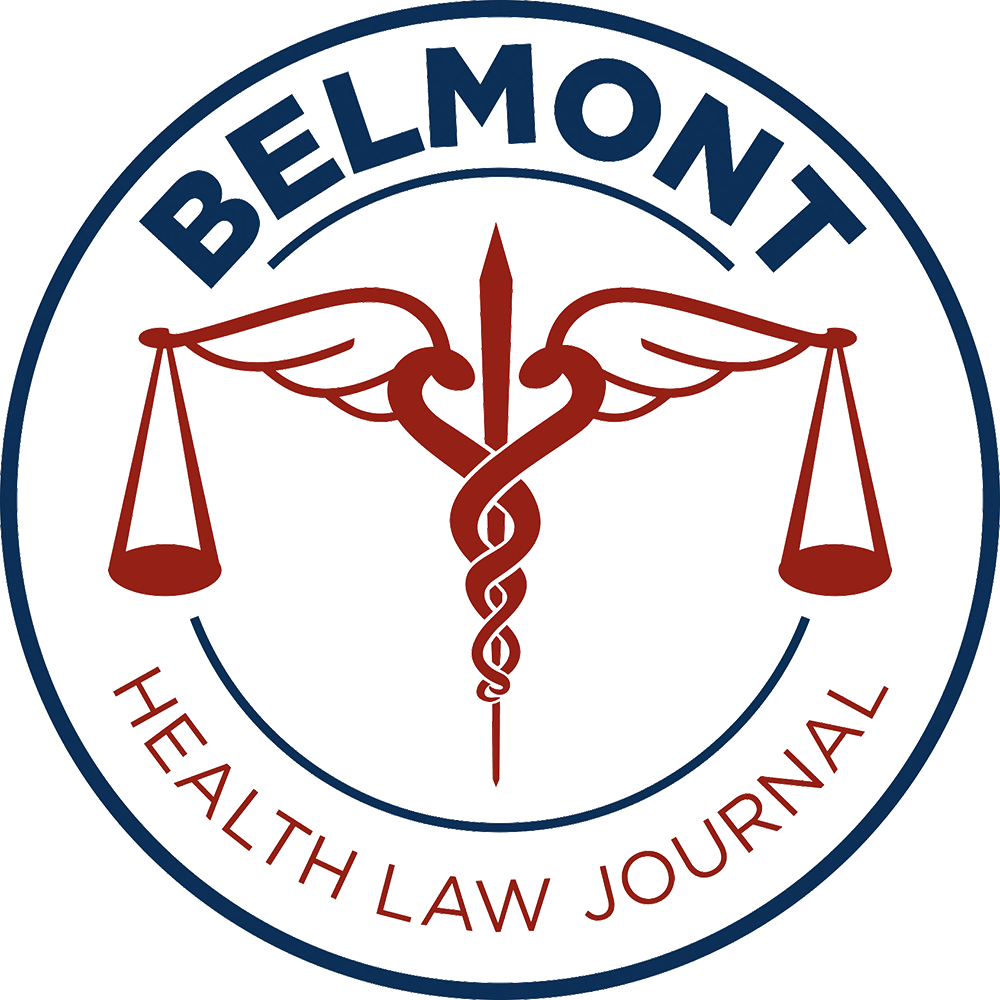Ryland Close, Belmont Law, Class of 2020
Skilled nursing facilities and long-term care hospitals are struggling to control the spread of Candida auris, a drug resistant fungus that causes serious infections, particularly in vulnerable patients with pre-existing illnesses.[1]
Candida auris poses an especially serious threat as it is difficult to identify, spreads easily and quickly, and is difficult to treat.[2] Candida auris is one of the hundreds of different species of the common Candida fungus.[3] Candida is a type of yeast that regularly exists in the gastrointestinal tract, mucus membranes, and skin without causing any issues.[4] While Candida typically exists in our bodies without causing problems, an overgrowth of Candida causes infection known as candidiasis.[5] Historically antifungal medications have been successful at treating candidiasis; however the over-use of these medications is being blamed for the proliferation of drug-resistant pathogens such as Candida auris, for which most common antifungal medications are ineffective.[6]
Dr. Tom Chiller, the chief of CDC’s Mycotic Disease Branch, has called skilled nursing facilities “the dark underbelly of drug-resistant infection.”[7] So what makes these facilities prime breeding grounds for a drug-resistant fungus like Candida auris? One major challenge that skilled nursing home facilities face is that they are often understaffed and ill-equipped.[8] Without adequate staffing, nurses and orderlies fail to strictly adhere to protocols designed to control the spread of the infection, such as washing hands, wearing gloves, wearing protective masks, and maintaining up-to-date lists of infected patients.[9] Many skilled nursing facilities are ill-equipped to identify and remedy outbreaks of drug-resistant germs such as the Candida auris fungus.[10] Identifying Candida auris is difficult because specialized laboratory methods are needed to identify it.[11] Use of conventional laboratory testing methods can lead to Candida auris being misidentified as other types of yeast or other more common Candida species.[12] Misidentification in turn leads to mismanagement of the infection with antibacterial medication that is ineffective at treating Candida auris.[13]
Another factor that contributes to the spread of the infection in skilled nursing facilities and nursing homes is that the patients in these facilities are simply more vulnerable to infection.[14] Patients that have ventilators, breathing tubes, feeding tubes, central venous catheters, diabetes, or who have had surgery or broad-spectrum antibiotic and antifungal use are at higher risk of Candida auris infection.[15] Another troubling factor that contributes to the spread of the infection is that skilled nursing facilities frequently cycle their infected patients in and out of hospitals and back to the skilled nursing facilities, thus spreading the infections into hospitals.[16]
Although Candida auris is still rare in the United States, over the past four years nearly 800 people in the U.S. have been infected, half of whom have died within ninety days of being infected.[17] The CDC is working to control the spread of the infection by advising healthcare workers on ways to stop the spread of the infection, working with state and local agencies, healthcare facilities, and clinical microbiology laboratories to ensure that laboratories are using proper methods to detect Candida auris, and studying Candida auris strains to better understand the fungus and how it can be controlled.[18]
[1] Matt Richtel & Andrew Jacobs, Nursing Homes Are a Breeding Ground for a Fatal Fungus, N.Y. Times, Sept. 11, 2019. Available at: https://www.nytimes.com/2019/09/11/health/nursing-homes-fungus.html.
[2] “Candida auris, General Information about Candida auris,” Last updated 9/23/2019. Available at: Centers for Disease Control and Prevention, https://www.cdc.gov/fungal/candida-auris/candida-auris-qanda.html.
[3] “Fungal Diseases, Candidiasis,” Last updated 4/12/2019. Available at: Centers for Disease Control and Prevention, https://www.cdc.gov/fungal/diseases/candidiasis/index.html.
[4] “Fungal Diseases, Candidiasis,” supra note 3.
[5] “Fungal Diseases, Candidiasis,” supra note 3.
[6] Richtel & Jacobs, supra note 1.
[7] Id.
[8] Richtel & Jacobs, supra note 1.
[9] Id.
[10] Id.
[11] “Candida auris,” supra note 2.
[12] “Candida auris,” supra note 2.
[13] Id.
[14] Richtel & Jacobs, supra note 1.
[15] Id.
[16] Richtel & Jacobs, supra note 1.
[17] Id., See also, “Candida auris: A drug-resistant germ that spreads in healthcare facilities,” Available at: Centers for Disease Control and Prevention, https://www.cdc.gov/fungal/diseases/candidiasis/pdf/Candida_auris_508.pdf.
[18] “Candida auris: A drug-resistant germ that spreads in healthcare facilities,” supra note 15.
